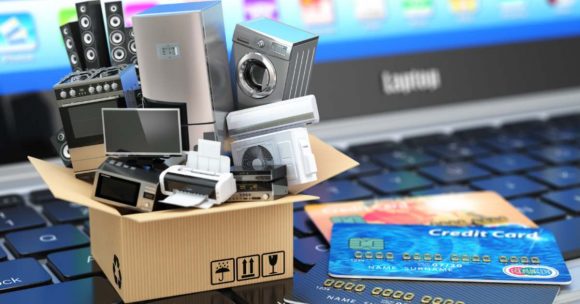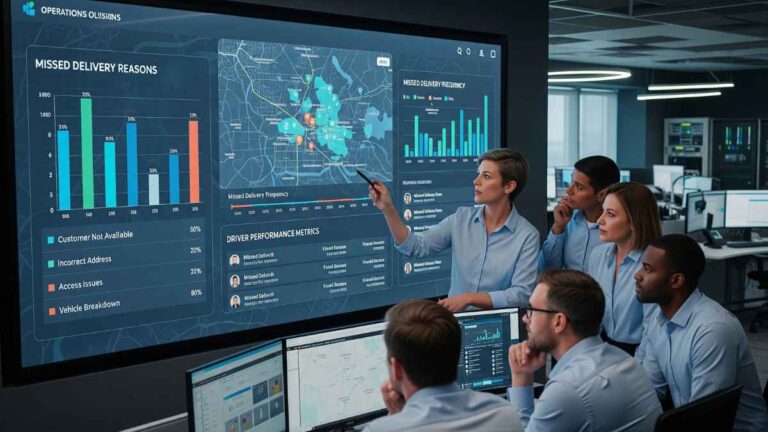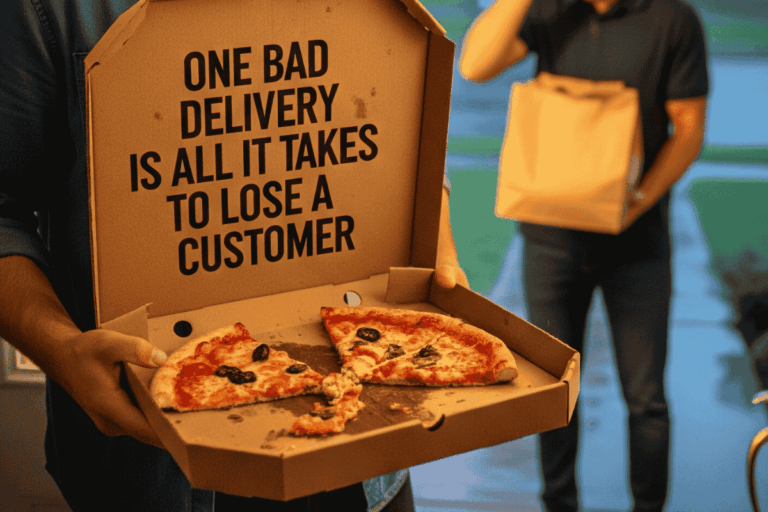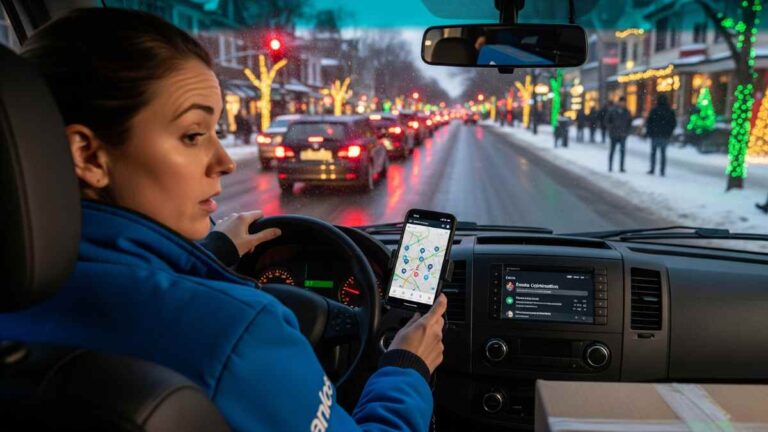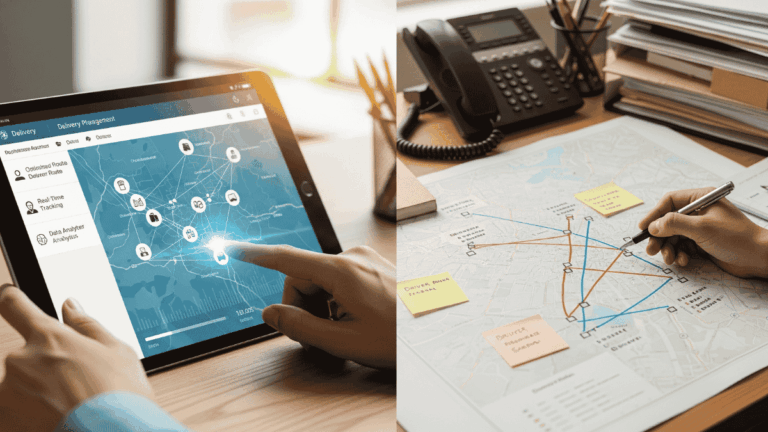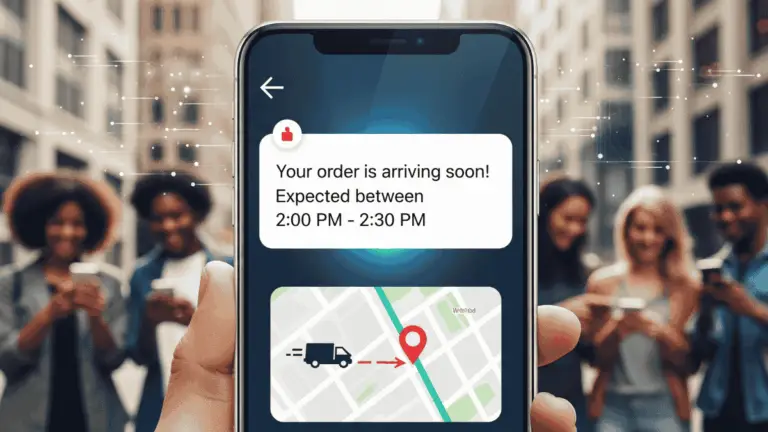Asendia has emphasized in e-commerce and retail, innovation is key to staying competitive and meeting the changing needs of consumers. It has identified three trends shaping e-commerce right now.
Asendia offers a range of international e-commerce and mail delivery services. The company services fashion, apparel, health and beauty, marketplaces, and food and supplements. Key destinations for e-tailers include Asia, Europe, the USA, and Canada.
Let’s take a look at Asendia’s three trends shaping ecommerce.

Personalisation: Artificial intelligence and Machine learning
“AI and ML are being employed to personalise the shopping experience, predict consumer behaviour, and optimise supply chains. Generative AI has moved beyond clunky chatbots and basic product recommendations, it can now offer hyper-personalised shopping experiences,” reads the post.”
Locate2u recently reported on Amazon’s virtual holiday shop. Shoppers can browse trending products across fashion, home, electronics, and more, while enjoying interactive elements like a gift conveyor belt and sparkling ornaments revealing surprises.
What’s coming into focus in e-commerce?
Tailored recommendations: Advanced AI suggests products tailored to individual preferences, enhancing the shopping experience.
Customised marketing: AI creates personalised marketing content that resonates with each customer.
Unique product design: AI can design products based on specific customer preferences, offering one-of-a-kind options.
Improved customer experience: Personalisation boosts satisfaction and increases conversion rates by making shopping intuitive.
Smarter inventory management: Machine learning predicts demand, helping retailers manage stock effectively and cut down on waste.
Augmented Reality: Immersive shopping is here
Asendia highlights that augmented reality (AR) is changing how customers shop by creating immersive experiences.
Retailers are now combining online and in-store shopping, letting people virtually try on clothes, accessories, or see how furniture fits in their homes before buying.
Here’s a scenario: You’re browsing for sunglasses online. With AR, you don’t have to wonder how they’ll fit your face.
The app uses your camera to let you “try on” different pairs virtually, showing how each style looks from every angle. These tools make shopping not just easier, but more personal and fun, bridging the gap between online convenience and in-store confidence.
What’s coming into focus in e-commerce?
Omnichannel integration: AR technology works across web, mobile apps, and physical stores, delivering a smooth and immersive shopping experience.
Boosts engagement: It captures customers’ attention and keeps them engaged through interactive features.
Builds confidence: Virtual try-ons and previews help shoppers feel more confident in their purchase decisions.
Cut returns: By giving a clearer idea of how products will look or fit, AR helps reduce return rates significantly.

Blockchain technology: Secure supply chain tracking
“Blockchain is becoming increasingly important in retail and e-commerce for its ability to provide transparency, traceability, and security.”
Here’s a scenario: Imagine buying a luxury watch online. Instead of worrying about counterfeits, you scan a QR code linked to a blockchain ledger.
Instantly, you see the watch’s journey—from the manufacturer to the retailer—proving its authenticity. Alongside, you access details about the ethical sourcing of materials and its environmental impact.
The secure blockchain record reassures you of a legitimate purchase, building your trust in the brand while aligning with your values for ethical shopping.
What’s coming into focus in e-commerce?
Ensuring authenticity: Retailers use blockchain to track goods across the supply chain, guaranteeing product authenticity and reducing fraud.
Enhancing traceability: Blockchain provides detailed, verifiable information on product origins, ethical sourcing, and environmental impact.
Boosting consumer trust: Secure and transparent blockchain transactions build trust, especially in industries like luxury goods and pharmaceuticals.
Promoting ethical practices: Customers can confirm ethical and sustainable sourcing through blockchain verification.

Catching up to top 3: Frictionless checkout technologies
There’s another technology aspect that’s catching up to these three trends. And that is frictionless checkout technologies.
What is frictionless checkout?
Technologies like contactless payments, mobile wallets, and ‘just walk out’ systems simplify the checkout process, cutting wait times, boosting customer satisfaction, and driving sales.
Why it matters: Frictionless checkout saves customers time, creating a smoother shopping experience. Happier customers are more likely to return, boosting loyalty and increasing sales.
For retailers, it streamlines operations and reduces bottlenecks, improving efficiency and revenue potential.
Frictionless checkout in action
Picture this: Imagine walking into a grocery store, grabbing your items, and walking out without stopping at a checkout counter.
Using frictionless checkout technology, the store automatically tracks your purchases and charges your mobile wallet as you leave. No lines, no hassle—just a seamless shopping experience.
About the author
Sharl is a qualified journalist. He has over 10 years’ experience in the media industry, including positions as an editor of a magazine and Business Editor of a daily newspaper. Sharl also has experience in logistics specifically operations, where he worked with global food aid organisations distributing food into Africa. Sharl enjoys writing business stories and human interest pieces.

